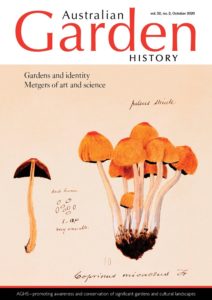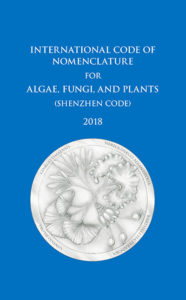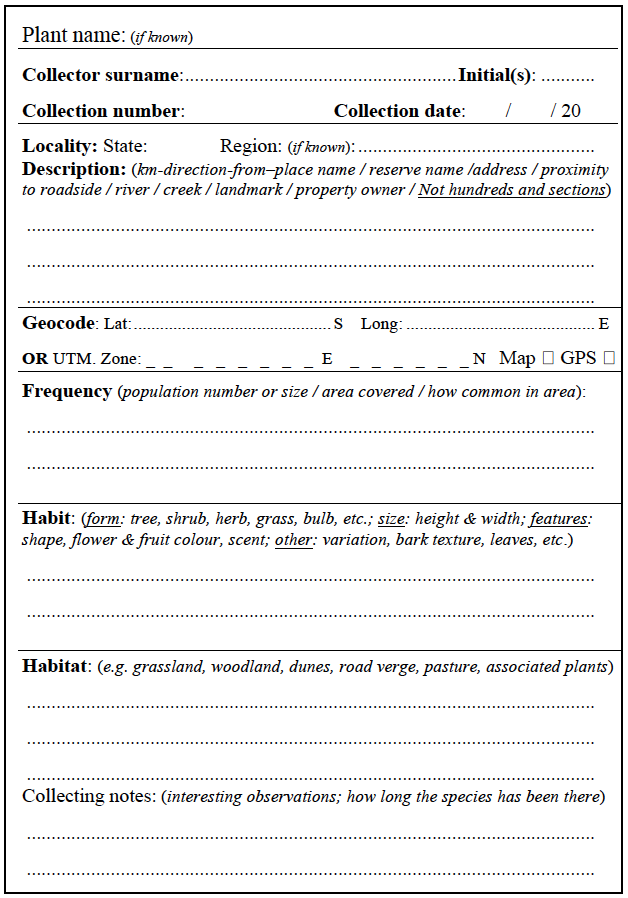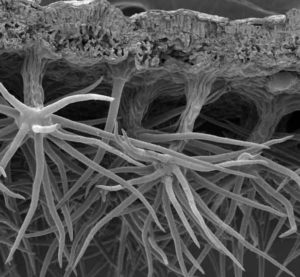
The new species Cryptandra sabulicola, showing leaves with the typical recurved tips. Photo: J. Kellermann.
The State Herbarium of South Australia published two articles in its journal Swainsona online, today 12 Nov. 2020. The first article is published in Vol. 33, which contains regular papers for the years 2019 and 2020; the second article is published in the new Vol. 34, a special issue of the journal that will contain several papers on botanical history.
(1) J. Kellermann, Three species of Cryptandra (Rhamnaceae: Pomaderreae) from southern Australia allied to C. tomentosa. (4.4mb PDF).
Vol. 33. — The author describes two new species of Cryptandra: C. setifera is restricted to rocky habitats in the north of Eyre Peninsula, extending to the Gawler Ranges, it was so far known as Cryptandra sp. Hiltaba; C. sabulicola is native to deep sands in northern Eyre Peninsula and on both sides of the South Australian-Victorian border, especially in and around the Billiat Conservation Park (C.P.), Murray-Sunset National Park (N.P.) and the Big Desert. A third species, C. campanulata Schltdl. is formally reinstated, if grows in rocky habitats of the northern Mount Lofty Ranges and southern Flinders Ranges. All species are related to C. tomentosa.

Illustrations from a sketchbook of Mueller’s nice Marie Wehl: a Pultenaea and two species of Melaleuca. Photo: Royal Botanic Gardens Victoria.
(2) J.L. Dowe, T.W. May, S. Maroske & L.T. Smith, The Wehl family of South Australia and their botanical connections with ‘Dear Uncle’ Baron Ferdinand von Mueller. (10.5mb PDF).
Vol. 34. — The family of Ferdinand von Mueller‘s sister Clara Wehl collected specimens for him and also illustrated the plants and fungi that they collected. In this paper, John Dowe and co-authors provide a brief history of the Wehl family in South Australia and assess the herbarium specimens that they collected, as well as the illustrations by Mueller’s nieces Marie and Henrietta, determine the connections between them and their importance for the typification of several species.
The authors have also recently published a short overview of the Wehl family’s contribution to botany in Australian Garden History, Oct. 2020.
To access content of all volumes of Swainsona and the Journal of the Adelaide Botanic Gardens since Vol. 1 (1976), please visit the journal’s web-site at flora.sa.gov.au/swainsona, JSTOR or the Swainsona back-up site.
Contributed by State Herbarium botanist Jürgen Kellermann.










You must be logged in to post a comment.